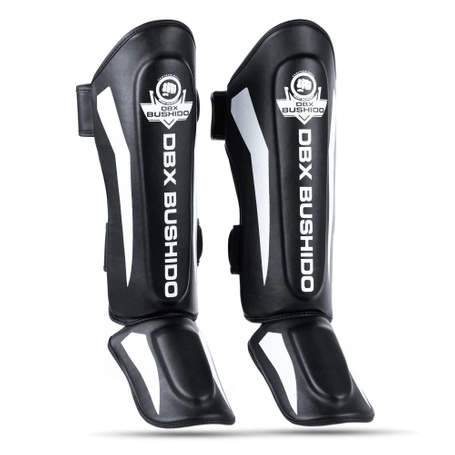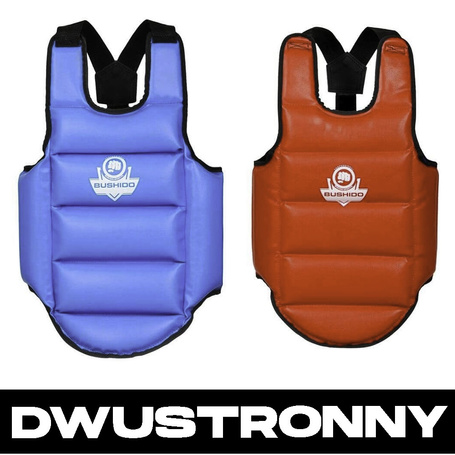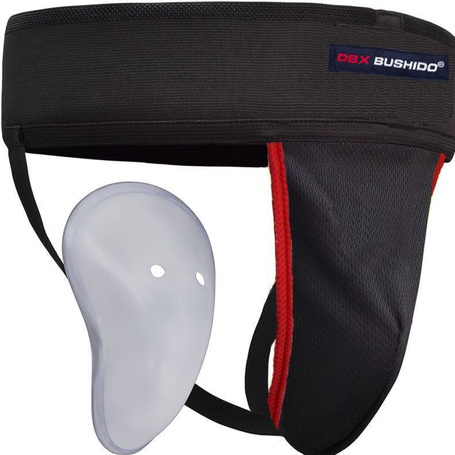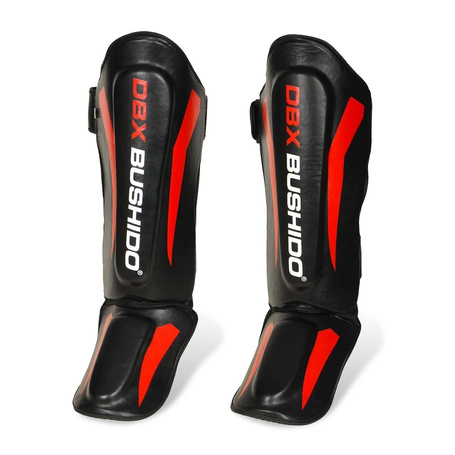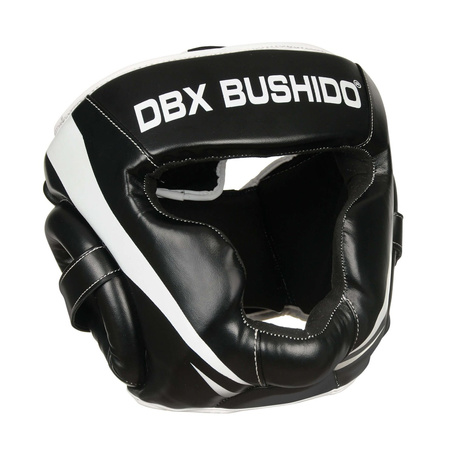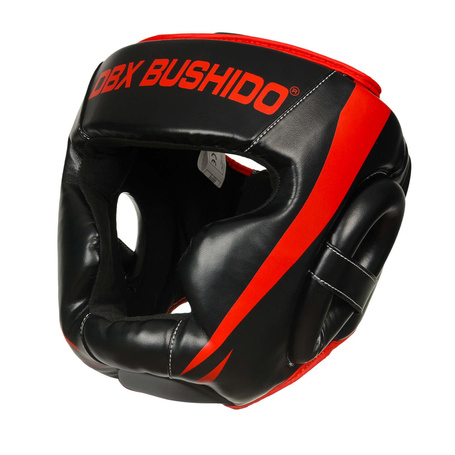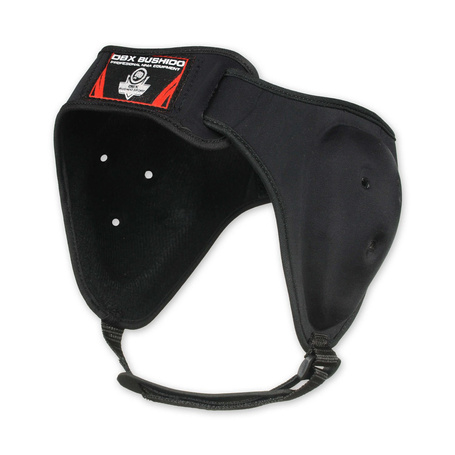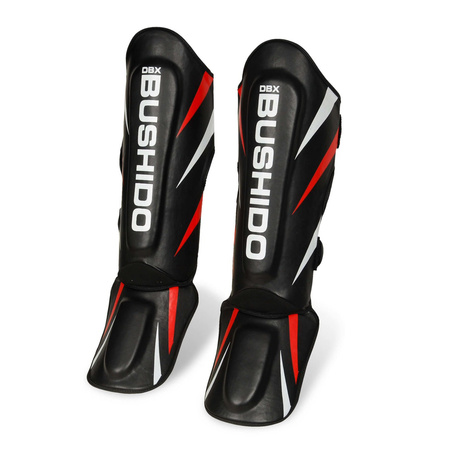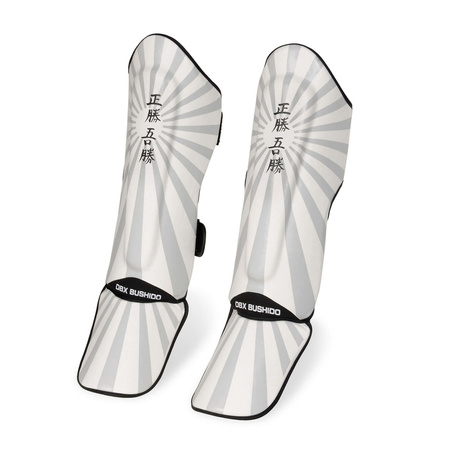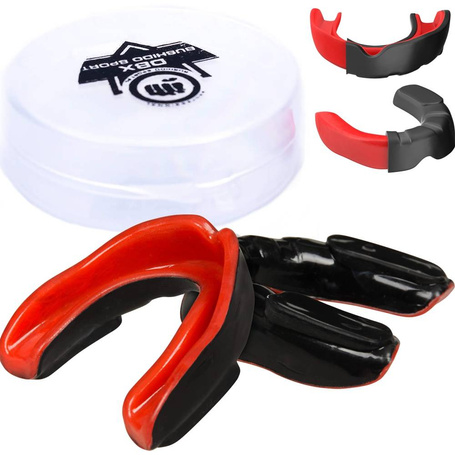How to protect the body during combat sports training?

MMA is one of the more injury-prone sports, especially when you don't ensure proper protection from injury. Injuries often occur not only in the ring, but during intense training, performed with the wrong equipment. In this article, we will introduce the most important accessories that will help us protect our bodies from injury.
Which gloves ?
A common mistake of people who start boxing training is to buy one pair of cheap gloves and use them for both instrument training and fighting. A much better choice, is to buy two types of gloves:
- MMA Gloves for fighting in the ring, they should have an expanded part, which is used to perform blows. They are not as hard as training gloves, which reduces the risk of injury to the other fighter or sparring partner. Combat gloves tend to be heavier than those designed for instrument training. Gloves with wide Velcro are a good choice, while for fighting in tournaments ? gloves laced.
- Instrument gloves, the impact portion of which is smaller than in fighting gloves. As a result, they are lighter and more breathable, and at the same time, protect the metacarpals well.
People who train less than 2 times a week can choose synthetic leather gloves, while for more frequent training, leather gloves are a better choice.
See boxing gloves in our offer>>.
Teeth protectors
Toothguard protects against both eruption of front teeth and damage to the jaws.
The most commonly used are boil and bite protectors, which are distinguished by their low price and relatively good protection. A slightly more expensive option is gel protectors, while the most expensive option is prosthetic protectors, used by professional athletes. It's a good idea to buy pads from several different companies and see which ones fit best and don't restrict breathing.
The most important thing is to have mouth guards with you every time you go out to the ring.
How to choose a training helmet?
All boxing fighters should wear a helmet while fighting. It is especially important for young people, who are even more vulnerable to problems caused by a strong blow to the head.
The most important consideration when choosing boxing helmet, is its size-the helmet must not restrict the field of vision, slide off the head, or be too tight. In selecting the right model, detailed manufacturer's size charts help.
The most common model of boxing helmet, is a helmet made of leather or plastic, filled with foam and with an open face.
The more built-up the boxing helmet, the worse the visibility and more sweating during training. Many trainers believe that traditional, less built-up helmets, which develop the correct facial defense reflex, are a better option. A person who trains in a built-up helmet all the time may have trouble switching to uncovered helmets, which may result in more punches taken. It follows that it is best to train with the type of helmet in which we will later be able to fight at competitions.
Helmet with nose protection is especially useful for people who once had a problem with its fracture or frequent bleeding, and combat sports are practiced amateur rather than professionally. They cannot be used during competitions.
Coach's paws (coach's shields) ? how to ensure security?
During training at the boxing club, we will not only play the role of a fighter, but also of a trainer, taking blows with a grab a trainer.
What features should coach shields have?
- Anatomical shape both on the inside and outside (allows easier ?rake up? blows). Straight paws are also a common choice.
- Proper filling ? the cartridge should be hard so that the force of the blow is distributed throughout the shield. The cheapest paws have a sponge filling, which quickly crumbles and ceases to serve its function. Much better is the polyurethane foam filling or the choice of paws with gel inserts.
- Strong wide velcro closure

